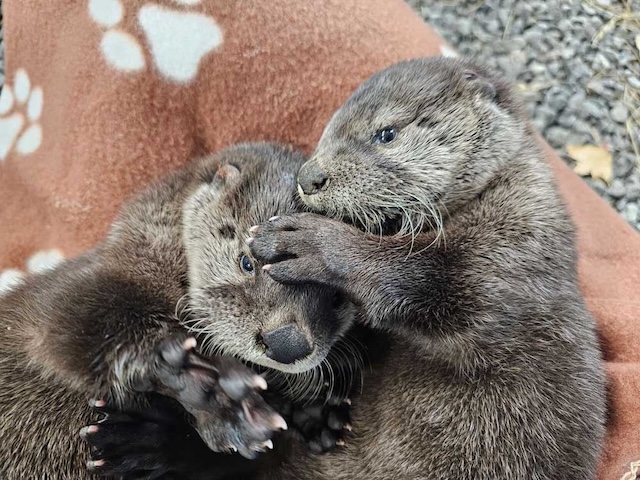Editorial: Improving compensation for livestock killed by wolves is fair
Published 8:22 am Thursday, May 1, 2025

- A juvenile wolf, born April 2024, of the newly formed Grouse Ridge Pack standing in front of a trail camera on USFS land on Jan. 23, 2025 in Jackson County. (Oregon Department of Fish and Wildlife)
It was not so humbly suggested Wednesday by a conservationist that Oregon ranchers be required to take a class on living with wolves. The reply from an Oregon rancher was that conservationists be required to take a class on living as a rancher.
The howling was consistent from both conservationists and ranchers as they testified before a legislative committee on Senate Bill 777. The bill, which many ranchers support and many conservationists oppose, would increase the compensation for loss or injury to livestock or working dogs by wolves up to a cap of $25,000. Cow calves and yearlings, sheep and goats could get a multiplier of five times their market value up to the cap. Cows could get a three times multiplier. Horses, other livestock and working dogs could only receive their fair market value. The bill also broadens the eligibility for compensation by making it available for individuals who suffered probable or confirmed losses or injury from wolves.
The concern from conservationists about the bill, in part, is that the multiplier will reduce the efforts of ranchers. It could give them a perverse incentive to allow livestock or working dogs to be killed and sit back and reap the financial rewards. There’s also concern that compensation will gobble up the bulk of the money the state will set aside, instead of more resources invested in non-lethal strategies for keeping wolves away.
Trending
But it’s not like the fair market value of a lost animal accurately captures what the reintroduction of wolves has done to the lives of ranchers. They can spend days away from their family sleeping with their cattle and trying many methods – dogs, fladry and more – to keep wolves at bay. The wolves can still see a yearling, far less swift than deer or antelope, and move into dine.
The minimum number of wolves in Oregon at the end of 2024 was 204 wolves, up from 178 last year, according to the state. There were 69 confirmed events of livestock depredation in 2024, a slight decrease from 73 in 2023. It’s a small fraction of depredations compared to the number of cattle in Oregon alone, which is over 1 million. Does that fraction make the loss of those animals or the efforts to keep them alive by ranchers any less important? We don’t think so.
The government reintroduced wolves. It reintroduced wolves to attempt to restore the population eliminated by man. We love that the wolves are coming back. Improving compensation for ranchers does not seem unfair.








